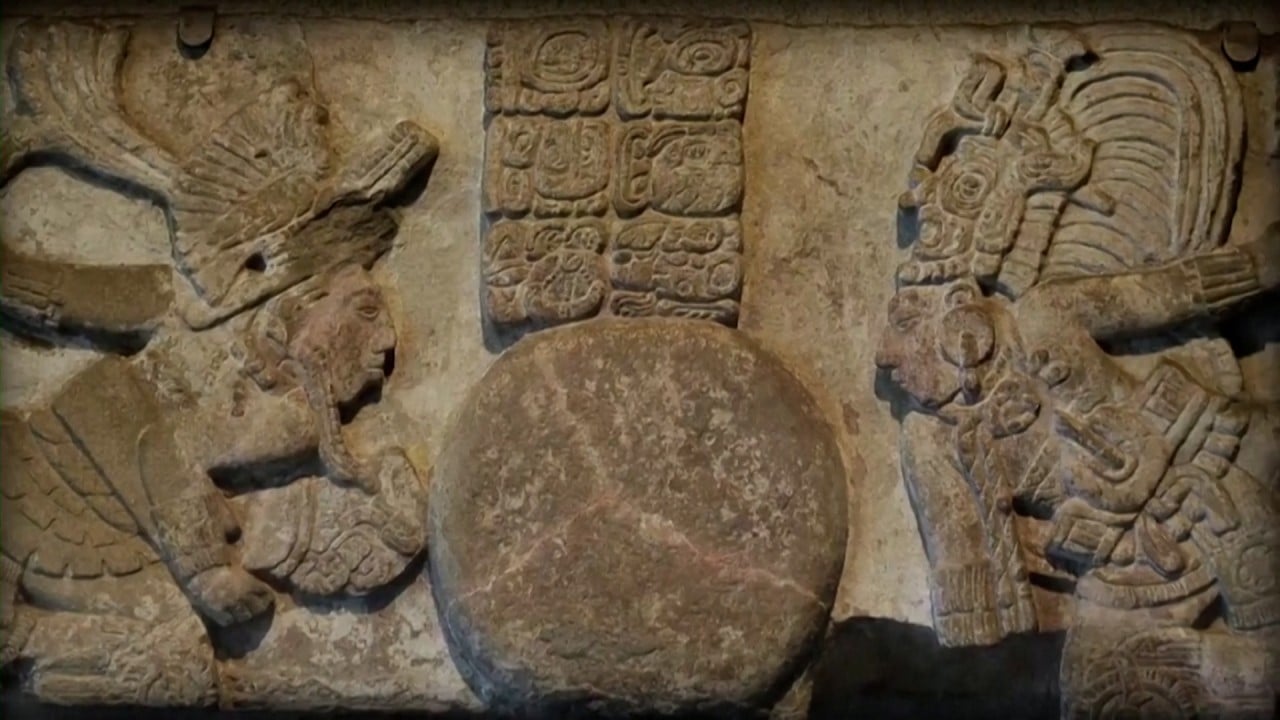An extensive genetic analysis by an international team of researchers has traced the longest ever migration of humans from Asia to the Americas, shedding new light on the prehistoric human expansion that shaped the early genetic landscape of the western hemisphere.
Advertisement
“Our findings show that Native Americans are descendants of Asian populations, particularly from the West Beringian region,” said corresponding author Hie Lim Kim, an associate professor at Nanyang Technological University in Singapore.
The study also found that early migrants to South America formed distinct groups that remained isolated due to environmental conditions.
The work, led by researchers at the GenomeAsia 100K consortium, could reveal new insights about disease susceptibility and drug responses among indigenous populations, who have faced major population declines.
Humans expanded across Eurasia before the end of the last ice age, eventually migrating through the Americas.
“Those who reached Patagonia, at the southern tip of South America, completed the longest migration out of Africa,” the team said in a paper published in the peer-reviewed journal Science on Friday.
Advertisement
Archaeological evidence shows that human migration from northern Asia to South America was under way by at least 23,000 years ago, with a human presence at the southern tip of South America confirmed by 14,500 years ago.


